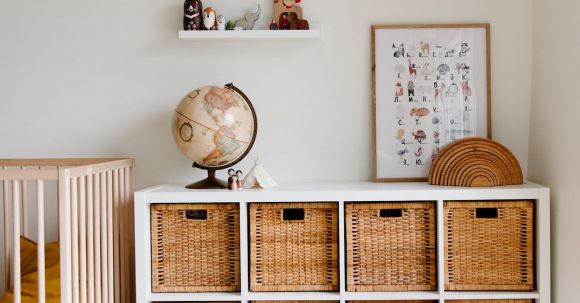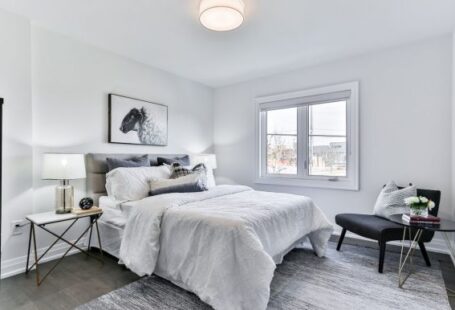When it comes to designing and arranging the furniture in your living room, there are a few key dos and don’ts to keep in mind. Your living room is often the central hub of your home, where you spend time with family and entertain guests. It’s important to create a comfortable and functional space that also reflects your personal style. By following these dos and avoiding these don’ts, you can achieve the perfect furniture arrangement for your living room.
Do: Measure the Space
Before you start arranging furniture, it’s essential to measure the dimensions of your living room. This will help you determine how much space you have to work with and ensure that your furniture fits properly. Measure the length and width of the room, as well as any doorways, windows, or architectural features that may affect the layout.
Don’t: Overcrowd the Room
One of the most common mistakes people make when arranging furniture is overcrowding the room. It’s important to leave enough space for people to move around comfortably. Avoid pushing all the furniture against the walls, as this can make the room feel empty and impersonal. Instead, try floating the furniture in the center of the room to create a cozy and inviting atmosphere.
Do: Create Conversation Areas
When arranging furniture in your living room, it’s important to create conversation areas. This allows for easy interaction and makes the room feel more inviting. Start by placing a sofa and two chairs facing each other, with a coffee table in the center. This arrangement encourages conversation and creates a comfortable space for entertaining guests.
Don’t: Block the Flow of Traffic
Another common mistake is blocking the flow of traffic in your living room. Avoid placing furniture in a way that obstructs doorways or walkways. This can make the room feel cramped and inconvenient. Instead, arrange the furniture in a way that allows for easy movement throughout the space. Consider the natural flow of traffic and position the furniture accordingly.
Do: Consider the Functionality
When arranging furniture, it’s important to consider the functionality of the space. Think about how you and your family use the living room and arrange the furniture accordingly. If you enjoy watching TV, make sure the seating is positioned in a way that allows for optimal viewing. If you like to read, create a cozy reading nook with a comfortable chair and good lighting.
Don’t: Forget about Balance and Symmetry
Balance and symmetry are key elements in furniture arrangement. Avoid placing all the large furniture on one side of the room, as this can create an unbalanced and visually unappealing space. Instead, distribute the furniture evenly throughout the room to create a sense of harmony and balance. Consider the scale and proportion of the furniture pieces to ensure a visually pleasing arrangement.
Do: Use Area Rugs to Define Spaces
Area rugs can be a great tool for defining spaces within your living room. Use a rug to anchor the seating area and create a visual separation between different areas of the room. Make sure the rug is large enough to accommodate all the furniture in the seating area and extend beyond the edges of the furniture. This will help create a cohesive and well-defined space.
In conclusion, arranging furniture in your living room requires careful consideration and attention to detail. By measuring the space, creating conversation areas, and considering functionality, you can create a comfortable and functional living room that reflects your personal style. Avoid overcrowding the room, blocking the flow of traffic, and forgetting about balance and symmetry. Use area rugs to define spaces and add visual interest. With these dos and don’ts in mind, you can achieve the perfect furniture arrangement in your living room.





